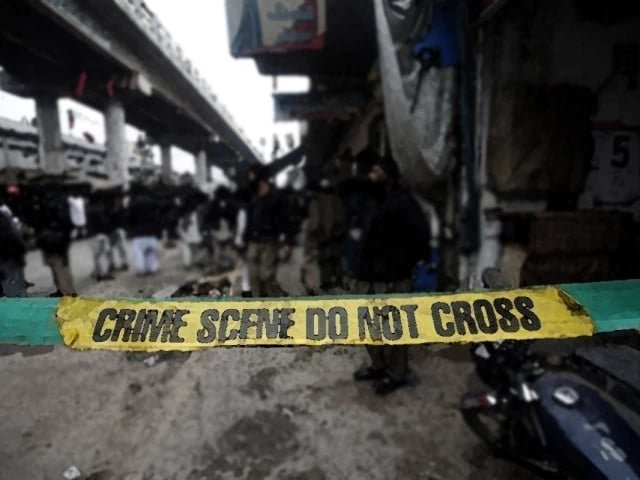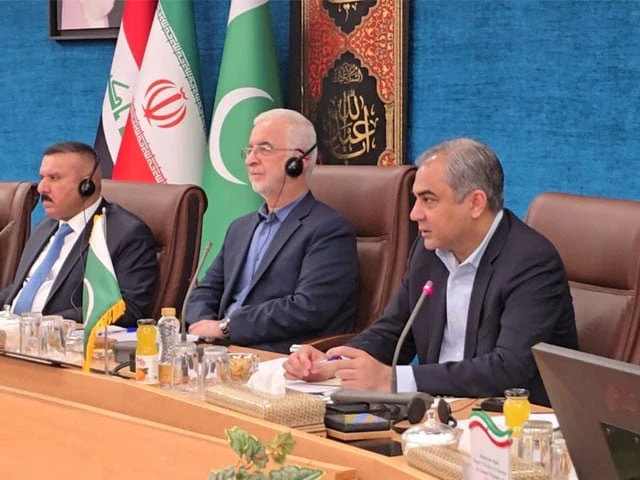Understanding the Recent Surge in Oil Prices in Pakistan
If you’ve been keeping up with the news, you might have heard about the recent spike in petroleum prices in Pakistan. As of July 1, the federal government announced substantial increases: petrol prices rose by Rs8.36 per litre, while high-speed diesel (HSD) saw an increase of Rs10.39 per litre. This change, effective for the fortnight, is primarily attributed to the ongoing unrest in the Middle East, particularly the 12-day conflict between Iran and Israel.
Why Are Prices Going Up?
This price hike was suggested by the Oil and Gas Regulatory Authority (OGRA), reflecting global trends driven by geopolitical tensions. The situation in the Middle East significantly influences oil prices globally, and as a net importer of oil, Pakistan feels these impacts acutely. With about 85% of its petroleum needs met through imports, any disruption in the international oil markets can cause local prices to surge dramatically.
Just a few weeks ago, Israeli airstrikes on Iranian sites led to a sharp price increase in crude oil, which shot up to between $82 and $87 per barrel—the highest level in six months. However, a temporary ceasefire brought prices back down to around $67 per barrel. Despite this slight relief, the current increase in local fuel prices signifies the uncertainty and volatility we often see in this sector.
The Impact on Consumers
So, how does this affect you? Well, high-speed diesel plays a crucial role in agriculture and transportation in Pakistan. An increase in HSD prices will likely result in a domino effect, leading to higher transportation costs for goods. This could exacerbate inflation, making everyday items more expensive for consumers.
Petrol is equally impactful, particularly as an alternative to compressed natural gas (CNG). With CNG stations in Punjab facing gas supply issues, many motorists have shifted to petrol. The recent hike will likely minimize the cost difference between CNG and petrol, pulling more drivers into the petrol market.
Future Outlook
Looking ahead, there are concerns that consumers might face more price increases fueled by the government’s ambitious revenue targets related to the petroleum levy. The current levy is already set at over Rs77 per litre for both petrol and diesel, and the government may continue to raise prices to meet its targets. Moreover, an additional carbon levy recently imposed could lead to further price adjustments.
Conclusion
In summary, while the rising prices of petroleum products in Pakistan are influenced by global factors, their effects are felt right at home. As consumers, we face challenges with rising costs that can impact everything from commuting to grocery shopping. Staying informed about these developments is crucial, as they can help us make better financial decisions.
If you have any thoughts on this situation or want to dive deeper into how global events impact the local economy, feel free to connect with Pro21st for a broader perspective.





